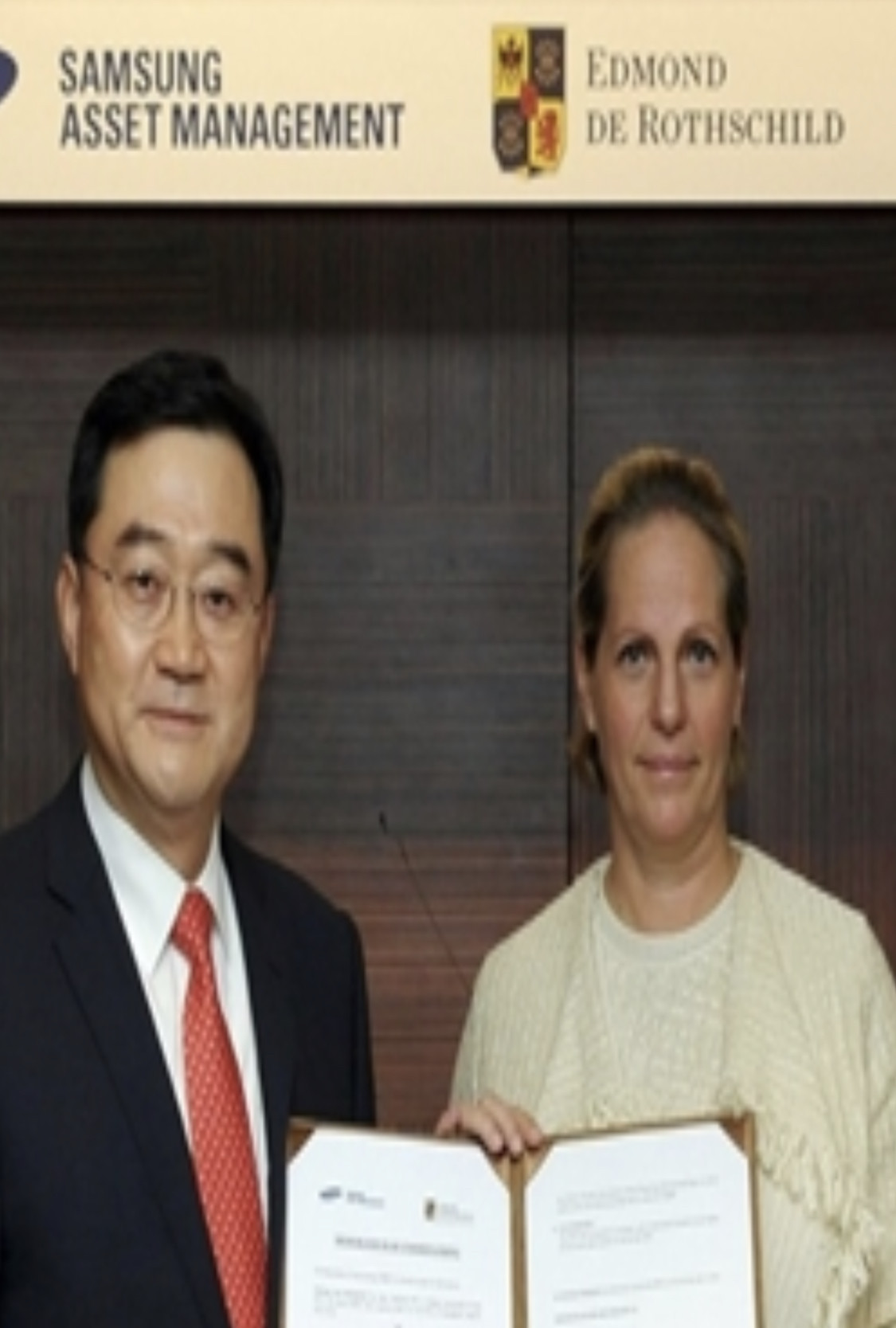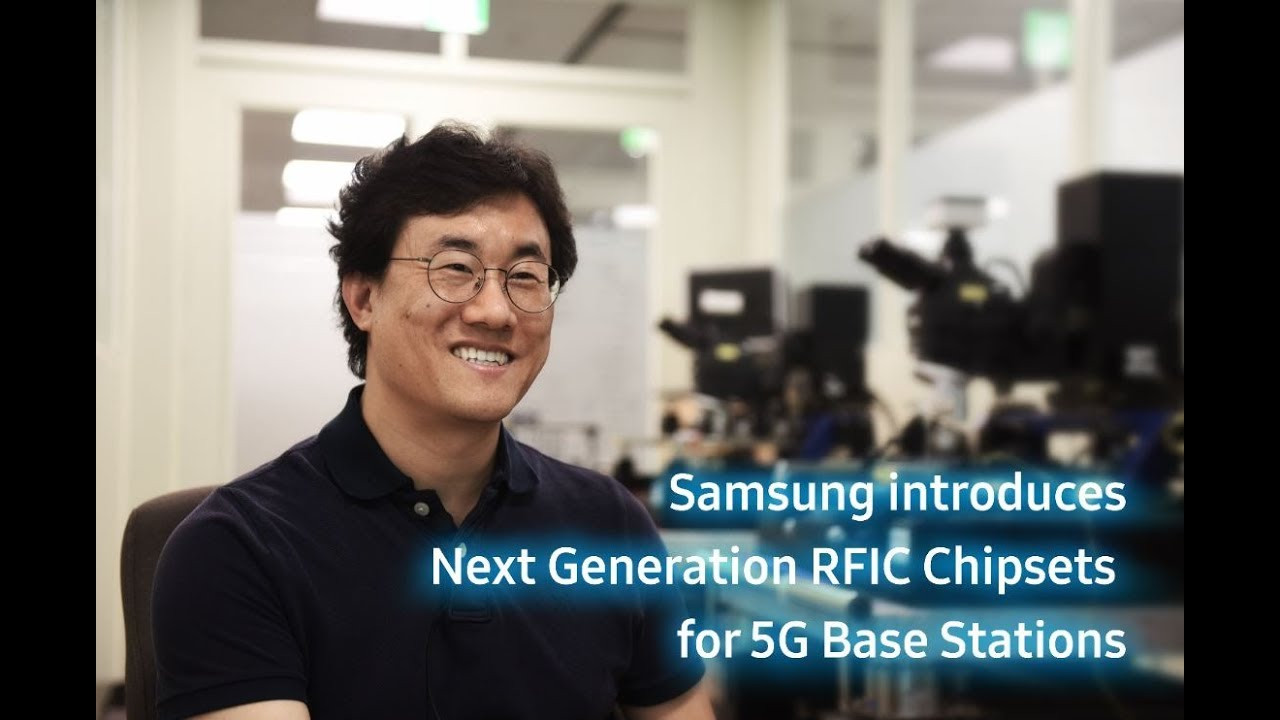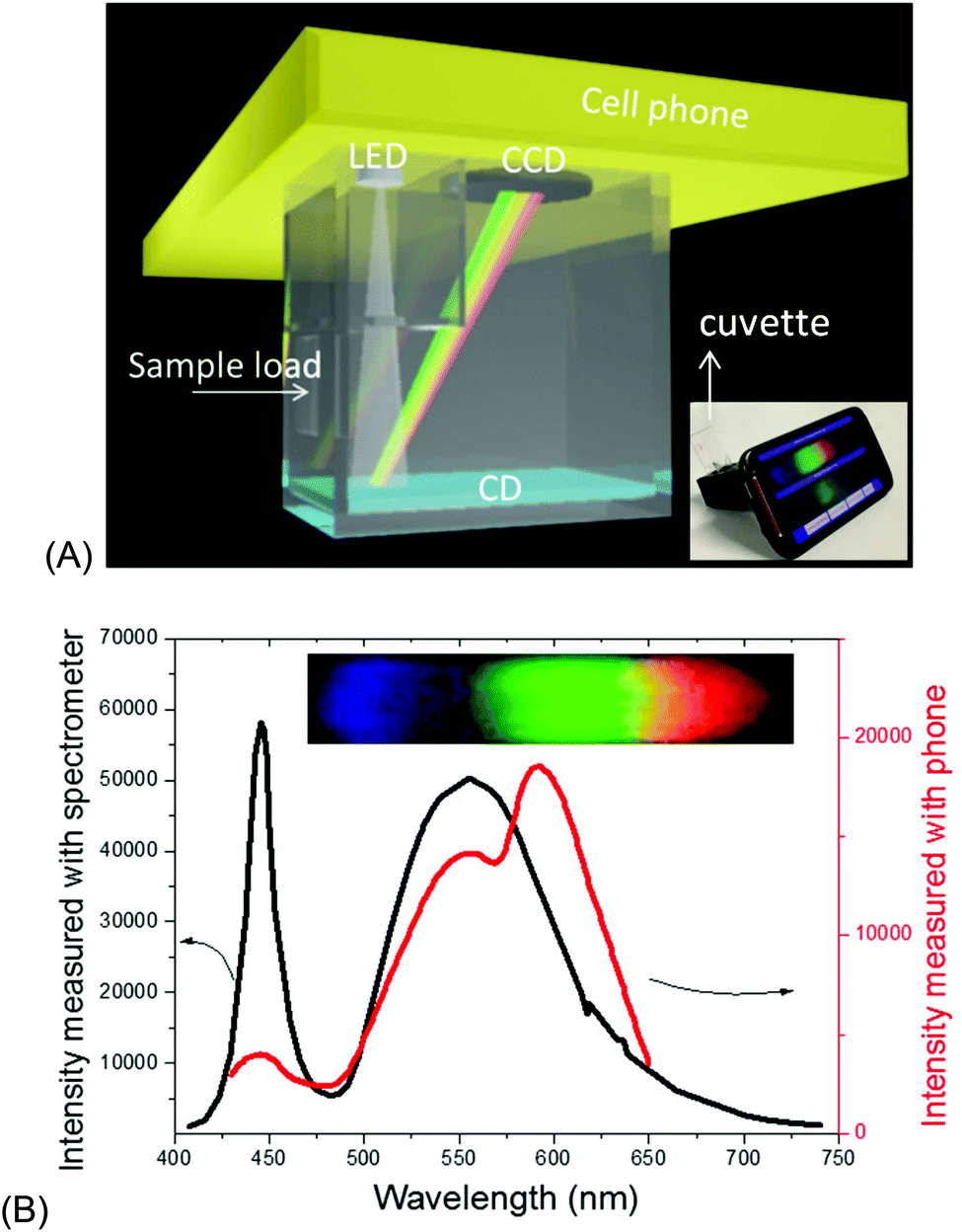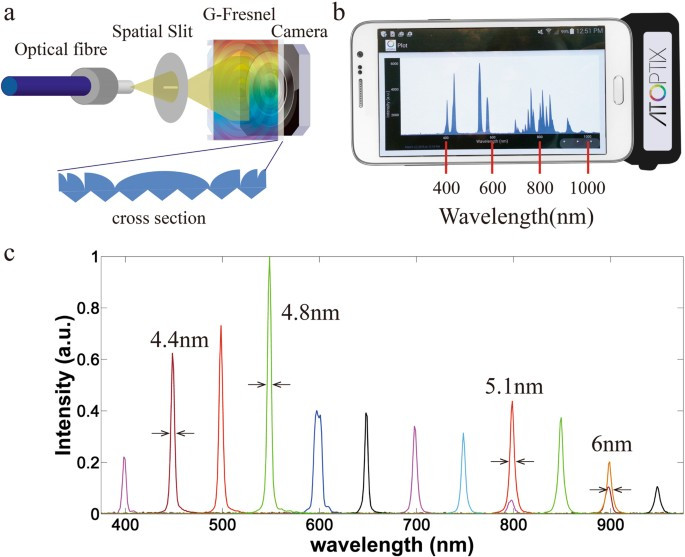It could just be me but ever since Joe Biden's sham inauguration... there seems to be this growing sense of relief for all these dirty scumbag perverts.
The Mac, it is not judt you whom feels their boldness.
Let them boast, the light of truth shall reveal them & their wickedness.
Samsung Asset Management is looking to learn from Rothschild via the agreement, too. Rothschild has been engaged in private banking for the super rich for over six decades and Samsung Asset Management is looking forward to being imparted with its portfolio organization know-how and financial product management expertise via its corporation in London.
Crap..Samsung too?? Well, guess I am saving for a different tablet...damn it.
Cuvette 19 lol.
cuvette (French: cuvette = "little vessel") is a small tube-like container with straight sides and a circular or square cross section. It is sealed at one end, and made of a clear, transparent material such as plastic, glass, or fused quartz. Cuvettes are designed to hold samples for spectroscopic measurement, where a beam of light is passed through the sample within the cuvette to measure the absorbance, transmittance, fluorescence intensity, fluorescence polarization, or fluorescence lifetime of the sample. This measurement is done with a spectrophotometer.
Spectroscopy is the study of the interaction between matter and electromagnetic radiation as a function of the wavelength or frequency of the radiation.[1][2][3][4][5][6] In simpler terms, spectroscopy is the precise study of color as generalized from visible light to all bands of the electromagnetic spectrum; indeed, historically, spectroscopy originated as the study of the wavelength dependence of the absorption by gas phase matter of visible light dispersed by a prism.
Matter waves and acoustic waves can also be considered forms of radiative energy, and recently gravitational waves have been associated with a spectral signature in the context of the Laser Interferometer Gravitational-Wave Observatory (LIGO).
Galaxy S11 may be first Samsung with Spectrometer
By Chris Burns on Sep 30, 2019, 12:35pm CDT
An ideal probe would be local in its physical extent, minimize screening of local interactions and at the same time retain a parallel geometry to avoid non-homogeneous charging.
In addition, it should sustain a high bias without deforming local potentials. Here we show that these seemingly contradicting requirements are fulfilled by resonant tunneling through quantum dots (QDs) bound to atomic defects within van der Waals tunnel barriers.
Graphene-based tunnel junctions are highly parallel, and dot energies are capacitively tuned by the planar electrode, thus avoiding local charging effects due to applied bias. Barrier-embedded dots are nanometric—both in their physical dimensions, and in their proximity to the sample layer. Thus, they are sensitive to regions few nm large. Finally, defect dots lack any degree of freedom for charge rearrangement, they do not screen local interactions, and are hence less invasive than metallic probes.




